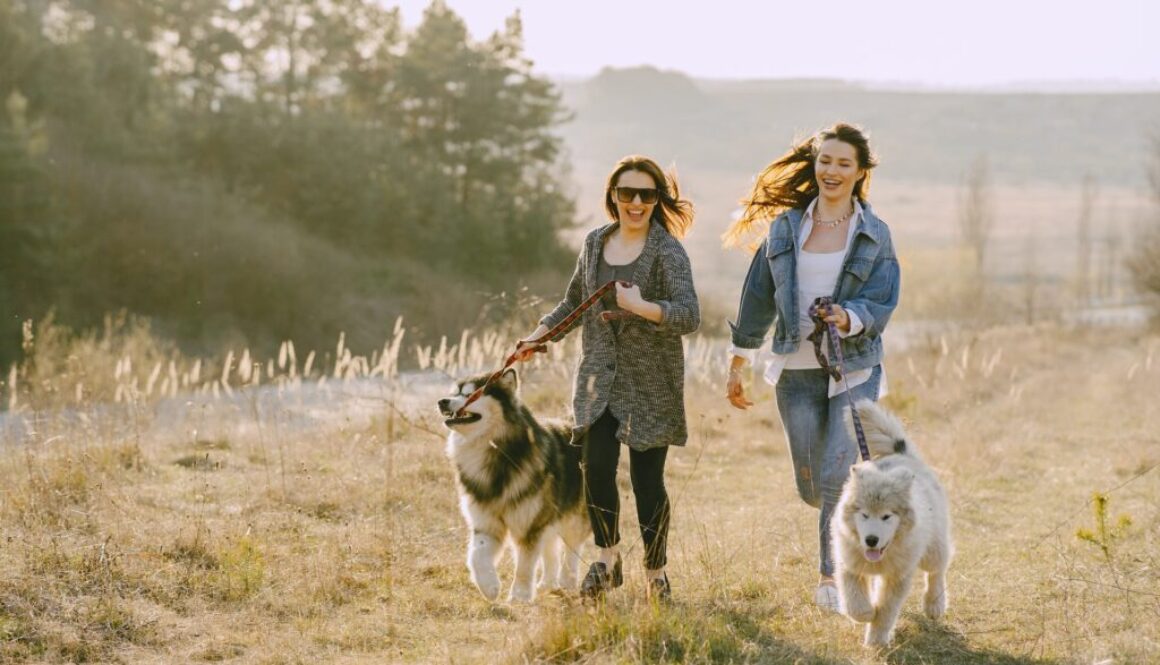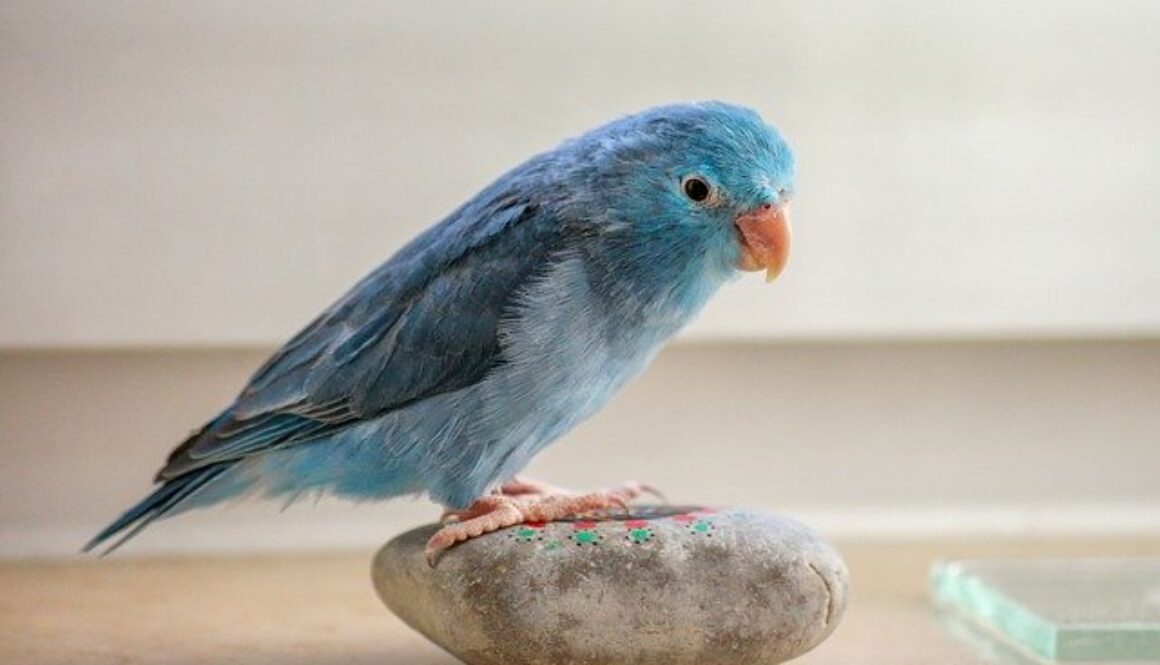Dog Walks: More Than Exercise
October brings many things: fall colors with leaves changing, early voting, Halloween, and National Walk Your Dog Week. With the dangers of pet obesity, many pet owners participate in this first week of October each year to improve their dog’s health.
Walking dogs stretches back to 7000 BC in northeastern Siberia, where dogs received training to pull snow sleds to places where people could not access. Nowadays, more than 40% of dogs in the United States fall into the overweight category. And, especially with stay-at-home orders, many adults haven’t had the exercise they’ve been accustomed to. It’s also an excellent way for you and your furry friends to improve physical and mental health.
What are the benefits? To humans, improved cardiovascular functions, decreasing your stress, reducing depression or anxiety, and lowering blood pressure and risk for diabetes.
For dogs, walking regularly controls their weight, improves their joint and digestive health, and engages them with social and behavioral training time. But walking also actively calms a dog’s brain through sniffing. Dogs who are permitted to smell their surroundings experience a release which leaves them calmer and more balanced.
Picking a consistent time of day will benefit you by making this an everyday, easy-to-remember habit. Analyze your schedule to see when you feel the most anxiety in your day or need a few minutes to clear your head. Also look to when your dog is most energetic.
What about puppies? Puppies need special care with growing joints and bodies that can be damaged from too strenuous activity. Puppy walks should include 5 minutes for each month of age, then work up to longer distances as they become more capable.
During extreme heat, avoid pavement or sidewalks, walk early morning or late evening, and bring water for both you and your dog. For winter temps, depending on your breed, invest in coats or booties to protect their feet.
Look at your dog during and after walks – if they seem stiff or have a not completely healed injury, take it slow. Ideally, walk your dog twice each day, and, for older dogs, multiple shorter walks works better than longer ones.
In addition to walking your current dog, National Walk Your Dog Week endeavors to increase awareness of dogs in shelters who wait for their forever home. You can adopt or, alternately, volunteer at local shelters to walk the dogs, providing yourself exercise while giving back and offering the dogs companionship.


